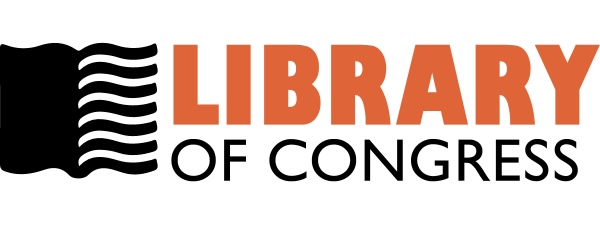Comparative Study of Allopurinol and Uralyt-4 in patients with Hyperuricemia in Diyala Governorate.
DOI:
https://doi.org/10.32007/jfacmedbagdad.561444Keywords:
Hyperuricemia, Allopurinol, Uralyt-4Abstract
Background: Hyperuricemia represents a major public health problem; approximately most population has hyperuricemia, serum uric acid ≥6.5 mg/dL in women and ≥7.0 mg/dL in men.
Allopurinol has been approved for the treatment of hyperuricemia patients. Epidemiological and experimental studies suggest a linkage between hyperuricemia and type of treatment.
Objective: To assess the effect of allopurinol and uralyt- 4 and mixture of two drugs (allopurinol and uralyt-4) in hyperuricemia patients
Methods: A total of 60 serum patients with history of hyperuricemia, obtained from Baladrus Hospital in Diyala governorate, were included in this study. In addition, ten normal uric acid level persons used as control group. Serum used for uric acid. We used two type of treatment to compare the effective of each one to treat patients with hyperuricemia, patients were divided into three groups first one treated with allopurinol at 300mg/day, second group treated with uralyt-4 at 10 mg/day for three time daily while the third group treated with mixture of allopurinol and uralyt-4. Level of uric acid measured after 4 weeks and 8 weeks by enzymatic colorimetric method
Results: The present study, patients had a mean age of 44.5 0.12 years, significant differences noticed between three age groups. The percentage of males equal to females. Urate concentration was more likely to be lower in patients receiving mixture of allopurinol and uralyt-4 comparing with patients receiving single drug such as allopurinol or uralyt-4. But statistical significant differences were not found among them.
Conclusion: allopurinol was effective in reducing serum urate in hyperuricemic patients with gout but combination 0f Uralyt-4 (10 mg/d) allopurinol were more efficacious compared with allopurinol (300 mg/d). The doses of allopurinol to which Uralyt-4 has been compared, although commonly prescribed, are low in the range of approved doses of allopurinol. The tolerability of Uralyt-4 for the treatment of hyperuricemia is similar to that of allopurinol.




















 Creative Commons Attribution 4.0 International license..
Creative Commons Attribution 4.0 International license..


